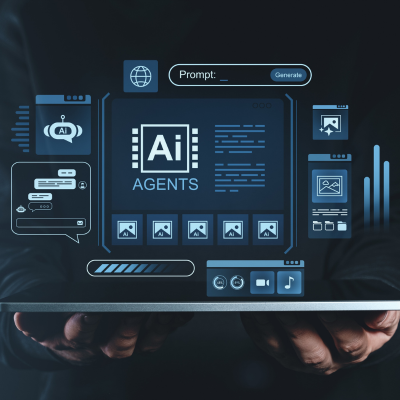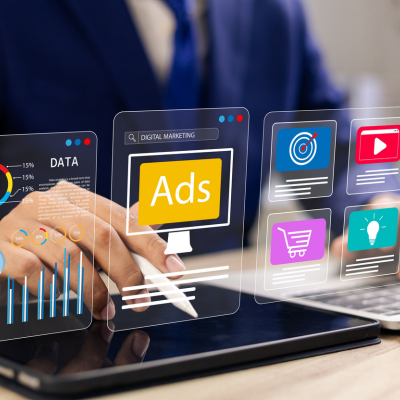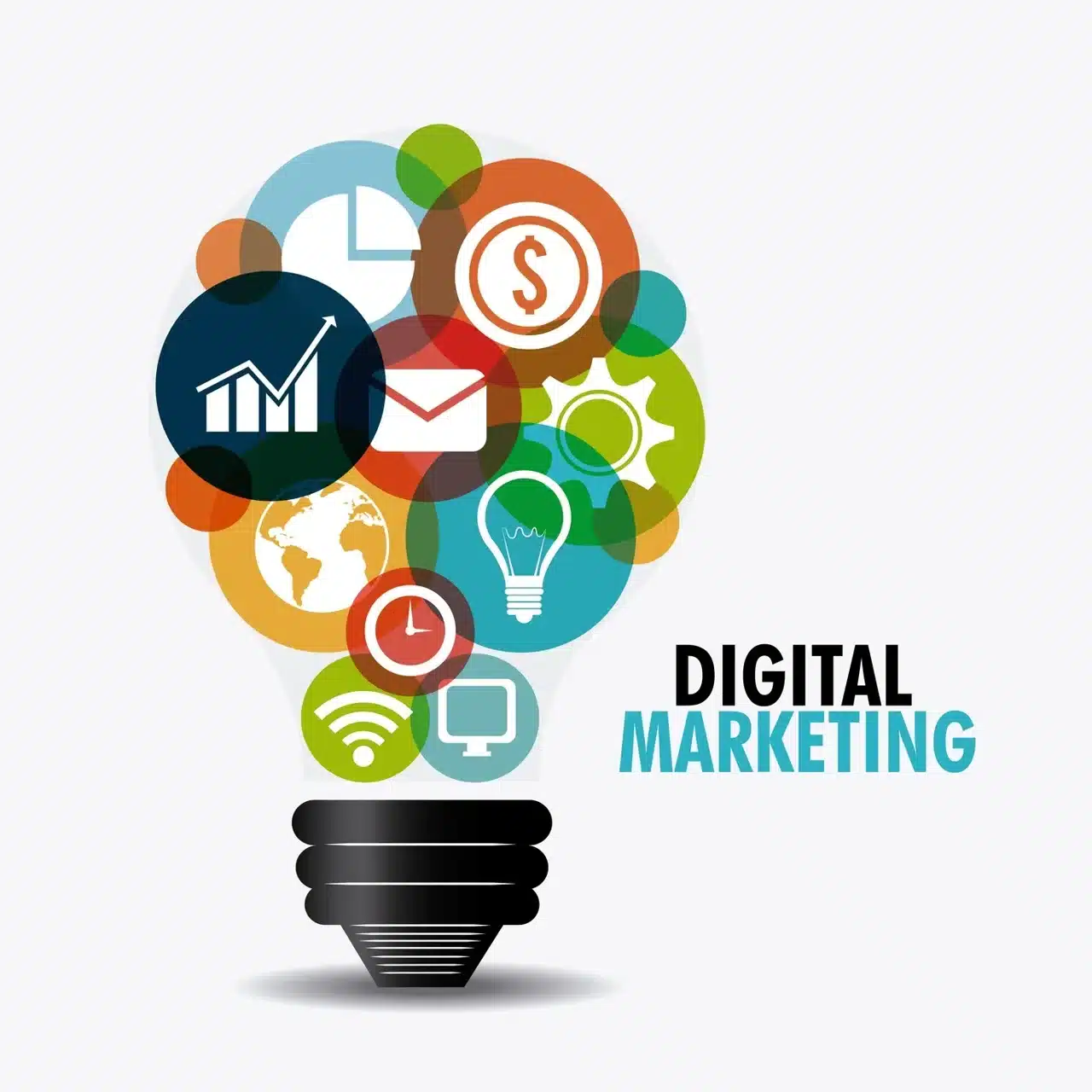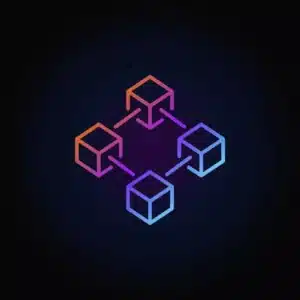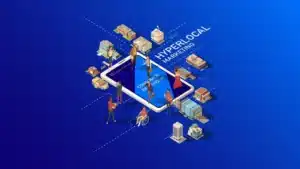Color psychology in digital marketing is a potent tool that shapes consumer perceptions, evokes emotions, and drives purchasing decisions. Studies show that up to 85% of consumer purchase decisions and 80% of brand awareness are influenced by color. By understanding the science behind how colors impact emotions and behavior, marketers can craft campaigns that resonate deeply, enhance brand recognition, and significantly boost conversions. This article explores the evolution of color psychology in marketing, the latest AI-powered trends, advanced tactics for success, and real-world examples. It also highlights why Amquest Education’s Digital Marketing and Artificial Intelligence course stands out as the premier program for mastering color psychology through AI-driven learning, practical projects, and industry partnerships.
Understanding the Science Behind Color Psychology in Digital Marketing
Colors are far more than visual decoration—they communicate instantly and influence how consumers feel and act. Neuroscience reveals that color activates the limbic system, which governs emotions and memory, shaping impressions within seconds of exposure. For instance, blue evokes trust and calm, making it ideal for financial institutions, while red triggers urgency and excitement, perfect for clearance sales. Incorporating color theory in marketing allows brands to build cohesive visual identities that connect emotionally with their audience. This foundation is essential for optimizing digital campaigns and guiding consumers toward desired actions, such as clicking a call-to-action or making a purchase.
The Evolution of Color Psychology in Marketing
Color’s persuasive power has long been recognized in marketing. Early print ads established basic color meanings—red for urgency, blue for trust, green for health—that persist in digital marketing today. The digital era has expanded possibilities with precise color testing and real-time optimization, enabling marketers to tailor campaigns dynamically. Research from the Journal of the Academy of Marketing Science shows how color influences brand affinity and consumer loyalty. The Isolation Effect—using a standout color against a monochromatic background—helps brands cut through digital clutter and capture attention.
Emerging Trends and Tools in Color Psychology for 2025
AI-Powered Color Testing and Personalization
Modern marketing leverages AI tools to analyze consumer responses to color schemes, enabling hyper-personalized experiences. Marketers conduct extensive A/B tests on CTAs, landing pages, and ads to identify colors that maximize engagement and conversions. This data-driven approach ensures campaigns adapt to real-time consumer preferences.
Cultural Nuances in Color Perception
Global brands must navigate cultural differences in color meanings. For example, white symbolizes purity in Western cultures but mourning in parts of Asia, while red represents luck in China but urgency in the West. AI-driven analytics help marketers customize color palettes to resonate authentically with diverse international audiences.
Integration with Visual Branding and Emotional Marketing
Color psychology now integrates seamlessly with brand colors and brand storytelling. Consistent brand colors across platforms build trust and emotional connections, reinforcing identity and loyalty. Brands use color to visually amplify their narratives—green hues evoke sustainability, aligning with eco-conscious messaging.
Advanced Tactics to Harness Color Psychology Effectively
| Tactic | Description | Example |
|---|---|---|
| Goal-Oriented Color Selection | Choose colors based on desired emotional response (trust, urgency, calm). | Red to create urgency in flash sales |
| Strategic Use of Contrast | Apply the Isolation Effect with standout colors for CTAs on simple backgrounds. | Bright red button on a white page |
| Consistency Across Channels | Use uniform brand colors on websites, social media, and emails to reinforce identity. | Starbucks’ signature green globally |
| Cultural Customization | Adapt palettes to avoid misinterpretation in target markets. | Avoid white in Asian campaigns |
| AI-Driven Testing and Optimization | Leverage AI platforms for automated A/B testing and real-time color optimization. | Automated CTA color testing |
Enhancing Brand Storytelling and Community Through Color
Colors deepen storytelling by visually reinforcing brand values. For example, green shades symbolize health and sustainability, strengthening brands with eco-friendly products. Consistent color branding helps build communities around shared values. User-generated content and influencer partnerships further extend color branding organically. When influencers incorporate brand colors in their posts, it enhances authenticity and emotional marketing impact.
Measuring Success: Analytics and Insights
Data-driven marketers track key metrics such as:
- Click-through rates on color-varied CTAs
- Conversion rates by color scheme
- Engagement rates on social media featuring brand colors
For instance, CXL reports a 21% higher click-through rate on red CTAs compared to green. These insights validate the strategic use of color psychology and guide ongoing refinements.
Accessibility Considerations in Color Psychology
Effective color use also requires attention to accessibility. Approximately 8% of men and 0.5% of women worldwide experience color vision deficiency. Marketers should ensure sufficient contrast and avoid relying solely on color to convey information, supporting inclusive digital experiences.
Business Case Study: Coca-Cola’s Mastery of Color Psychology
Brand Journey: Coca-Cola has leveraged red in its branding for over 100 years, associating the color with excitement, passion, and urgency. This supports its identity as a fun, energetic brand.
Challenges: Maintaining consistent brand identity while appealing across diverse global markets.
Tactics: Consistent red usage across all platforms, red CTAs to stimulate impulse purchases, and alignment with emotional marketing.
Results: Coca-Cola’s red branding drives high brand recall and consumer loyalty worldwide, with campaigns outperforming competitors in engagement and sales.
Actionable Tips for Marketers Applying Color Psychology
- Define clear emotional goals: Identify the feelings you want to evoke in your audience.
- Test extensively: Use A/B testing on digital assets to find the most effective colors.
- Maintain brand consistency: Apply your palette uniformly across all channels.
- Consider cultural context: Research color meanings in your target markets.
- Leverage AI tools: Use AI-powered platforms for personalized optimization.
- Integrate with storytelling: Align colors with your brand’s narrative and values.
- Monitor analytics: Track engagement and conversion metrics to refine strategies.
- Ensure accessibility: Use sufficient contrast and alternative cues beyond color.
Why Choose Amquest Education’s Digital Marketing and Artificial Intelligence Course?
Amquest Education’s course offers a cutting-edge curriculum combining marketing psychology with AI-powered learning. Marketers gain:
- AI-led modules teaching advanced color testing and personalization techniques.
- Hands-on projects and real-world assignments for practical mastery.
- Internships with industry partners in Mumbai and nationally, enhancing career opportunities.
- Experienced faculty with current marketing expertise guiding students.
- Comprehensive coverage of consumer behavior, visual branding, and emotional marketing.
This integration of AI technology and marketing fundamentals makes it the best choice for professionals seeking to excel in color psychology and digital branding.
Conclusion
Mastering color psychology in digital marketing empowers marketers to create campaigns that deeply connect with consumers and drive measurable results. From emotional marketing and consistent brand colors to AI-driven personalization and cultural adaptation, understanding color’s influence is essential for success. For marketers committed to advancing their skills, Amquest Education’s Digital Marketing and Artificial Intelligence course provides the ideal blend of theory, technology, and practical experience. Explore the course to transform your marketing career and harness the power of color psychology.
FAQs
Q1: How do brand colors influence consumer behavior?
Brand colors evoke emotional responses that shape perceptions and buying decisions. For example, blue builds trust while red creates urgency.
Q2: What is emotional marketing in relation to color psychology?
Emotional marketing uses colors to evoke feelings aligned with brand messages, enhancing engagement and loyalty.
Q3: How can marketers test the effectiveness of colors in campaigns?
A/B testing different color schemes on digital assets like CTAs and landing pages allows measurement of engagement and conversion rates.
Q4: Why is consistency important in visual branding?
Consistent use of brand colors across platforms builds recognition and trust, reinforcing brand identity.
Q5: Can cultural differences affect color choice in marketing?
Yes. Colors have varied meanings across cultures, so marketers must adapt palettes to avoid misinterpretation.
Q6: How does the Digital Marketing and Artificial Intelligence course integrate AI with marketing psychology?
The course features AI-powered modules teaching how to leverage AI for color testing, personalization, and data-driven optimization alongside marketing fundamentals.
